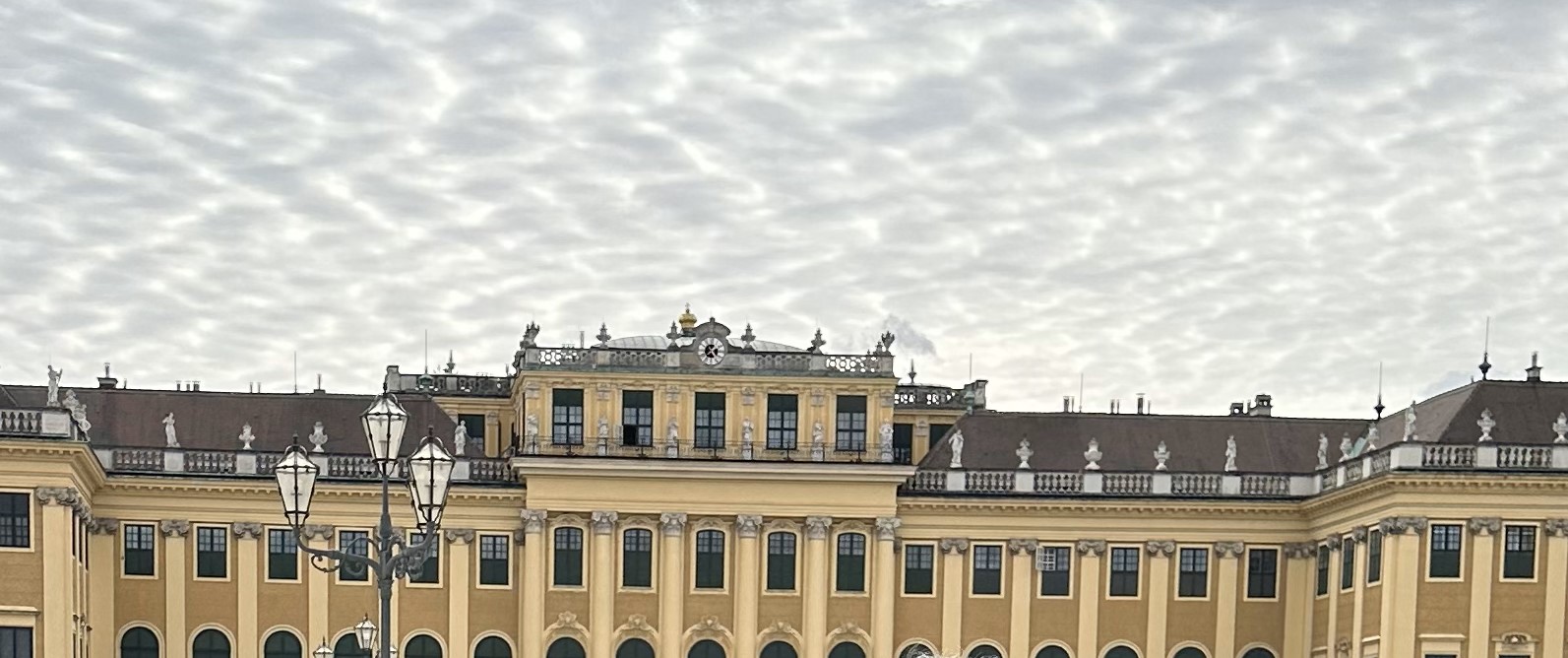Body text for further explanation Body text for further explanation. Get free e-book
A Journey through Lisbon and Vienna’s Architectural Gems
A city, no matter how old or new, is enveloped in culture—the culture of its people and its places. Architecture sets the tone for this cultural heritage to blossom and become a city's identity. Lisbon and Vienna are two such cities, carrying historical heritage through centuries of existence.
Both cities, rich in architectural heritage, serve as a source of inspiration for many. The architecture of both, times, old and new, invites travelling and exploration. Travels filled with architectural and artistic marvels are nothing short of a creative extravaganza. For designers, the discoveries of these architectural gems are not just historical and cultural narratives but also lessons that can be implemented into practice for years to come.
Vienna: UNESCO's World Cultural Heritage Center
With three eras leaving a mark on the city's landscape, Vienna’s rich design makes it a UNESCO World Cultural Heritage Center—Baroque, Gothic, and the Rinngsttasse, along which many infamous structures were constructed to replace the city walls.
- Historical Palaces
Vienna’s cultural heritage is reflected in its architecture at Schönbrunn Palace, a seventeenth-century palace designed by architect Johann Bernhard Fischer von Erlach in the Baroque style. The former hunting lodge went through many phases of renovation to finally become the summer home for the imperial family. The gardens also contain features like fountains, avenues, and sculptures.

Schönbrunn Palace, a magnificent embodiment of Vienna's Baroque architecture, captures the grandeur of a bygone era.
The exterior of the present-day palace is painted in what is famously named “Schönbrunn Yellow”, while the interiors have ceiling stucco decoration and white and gold-painted wooden panelling. The decor includes landscape paintings on canvas, silk tapestries and lilac upholstered furniture.
A must-visit for architects, the Albertina Museum, a residential palace converted into an art museum, houses an architectural collection of over 40,0000 plans, studies and models. The styles span across Baroque, Renaissance and late Gothic periods with works by Adolf Loos, Otto Wagner, Gian Lorenzo Bernini, and Zaha Hadid

Standing beside a Picasso painting at the Albertina Museum, immersed in the rich architectural heritage of this historic residential palace-turned-exhibit.
- Iconic Landmarks
To offset this history with more modern construction, the oldest tramline through the historic streets brings back echoes of olden times in Vienna. The 180km of tram tracks take passengers through some of the imperial city's most iconic landmarks, making stops at the Ringstrasse and the Kai and the famous districts Josefstadt and Leopoldstadt.

Amidst modern construction, Vienna's oldest tramline winds through historic streets, bridging the past and the present.
Not too far from Vienna, the lush landscape and ancient structures that are present-day landmarks line the streets of Salzburg. Today the Mozart Museum in Salzburg, the birthplace of Mozart, is one of the most visited. The year-round museum invites visitors to tour through rooms and everyday artefacts of the maestro’s life. The apartment is a display room for Mozart’s violin and clavichord, along with letters, portraits and memorabilia. Taking tourists through an all-engaging experience of the music genius’ life, Salzburg is a glimpse into the past.

Salzburg’s lush landscapes and ancient landmarks remain among the city's most visited attractions
Lisbon: Contemporary Reimagination
In Lisbon, the cobbled streets and boat rides on the city’s waters offer similar experiences—one where the enduring old city stands out even today amongst more modern structures like the MAAT. The Museum of Art Architecture and Technology, sited along the banks of the Tagus in Belém, was designed by the renowned Amanda Levete.

The Museum of Art, Architecture, and Technology, located along the Tagus River in Belém, stands as a modern cultural landmark.
With its contemporary design, the structure is a modern break in an otherwise time-worn city. True to its name, the MAAT brings together art, architecture and technology at the edge of land and water. The building itself allows people to walk over, under, and through it, which is an interactive experience for the people.

Offsetting the city's historic charm, the contemporary design of the musuem creates a bold modern contrast.
The journey through Lisbon and Vienna is an exploration of old and new; grandeur and innovation, and timelessness and modernity. Through galleries of art, architecture and culture, the trip deepens a designer's understanding and appreciation for heritage giving them new perspectives and lessons in the role of culture in design.
Share this blog











